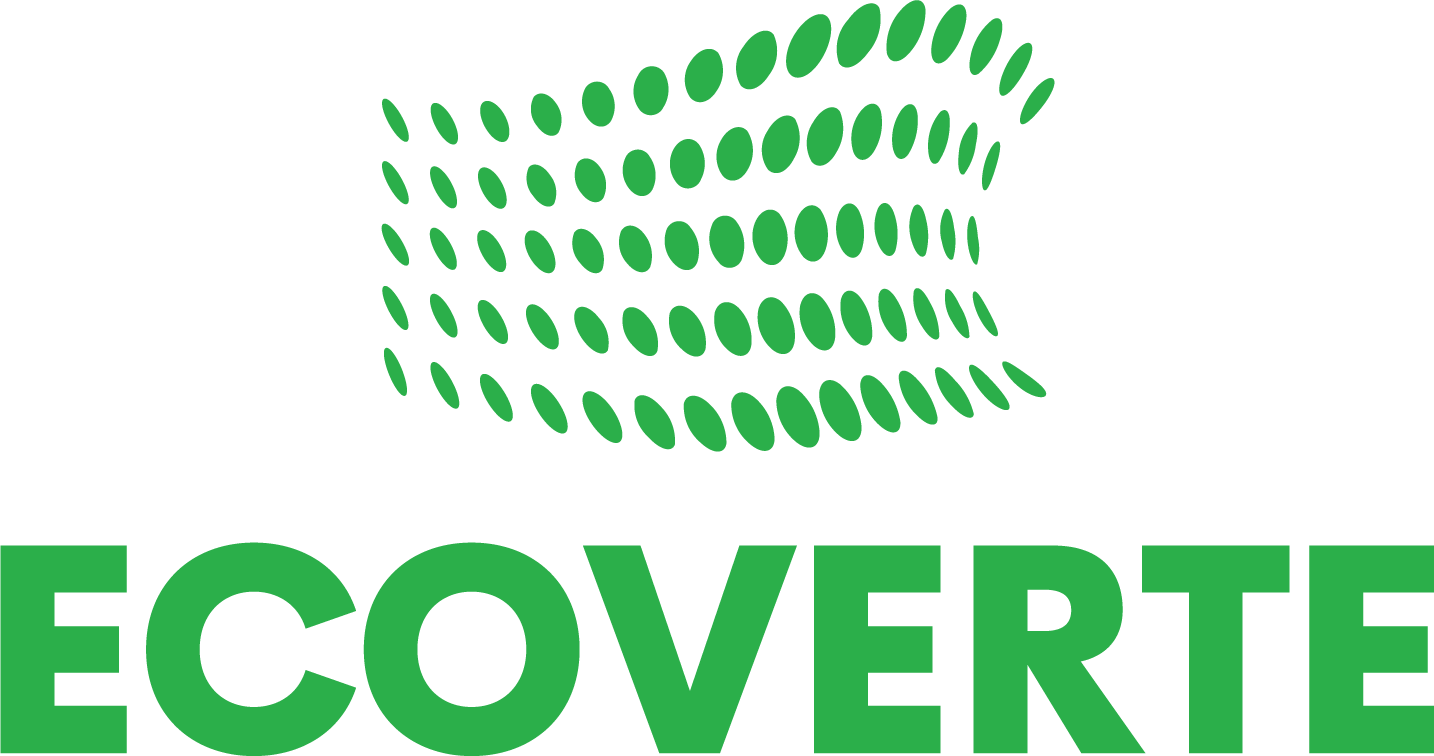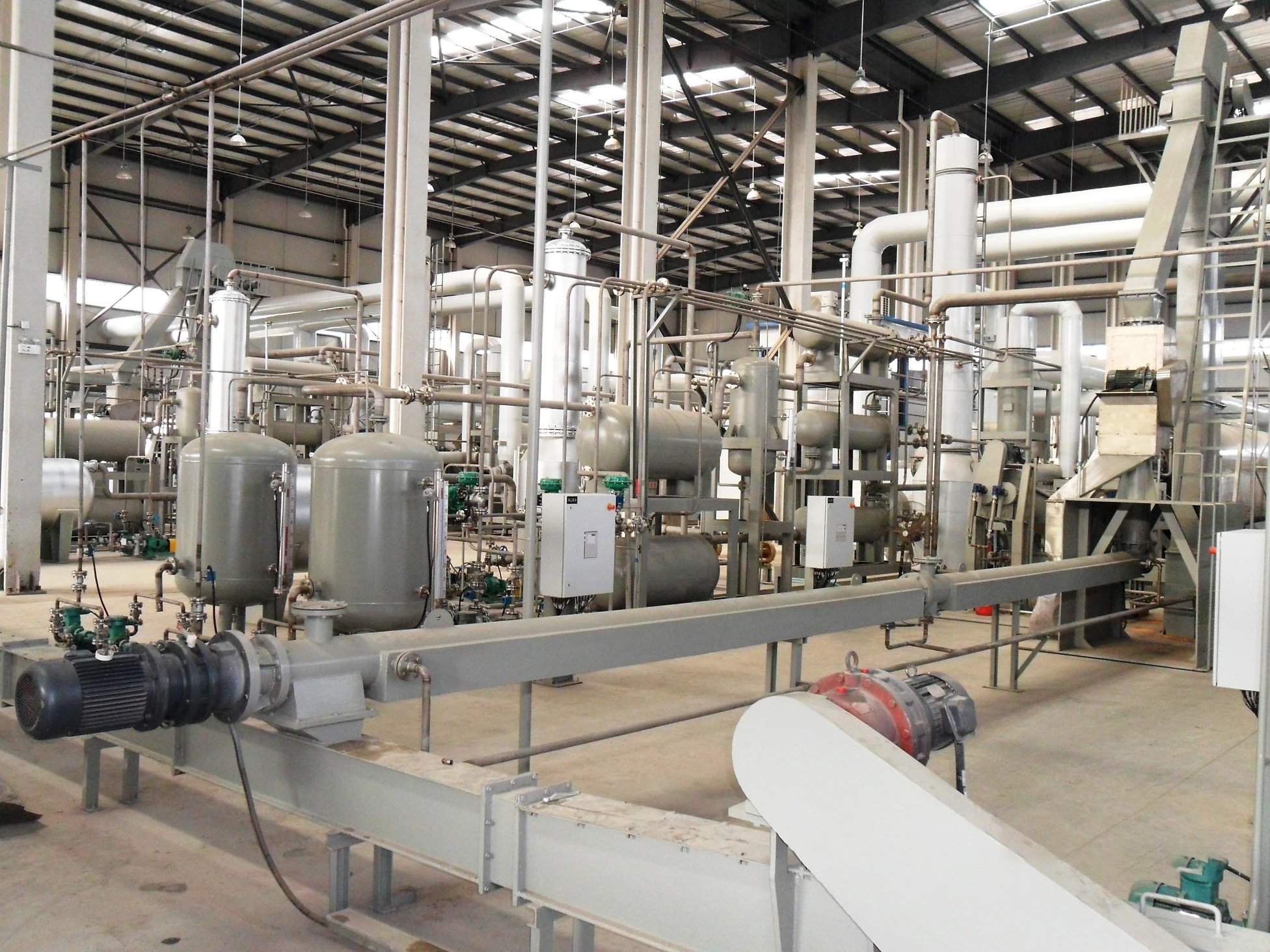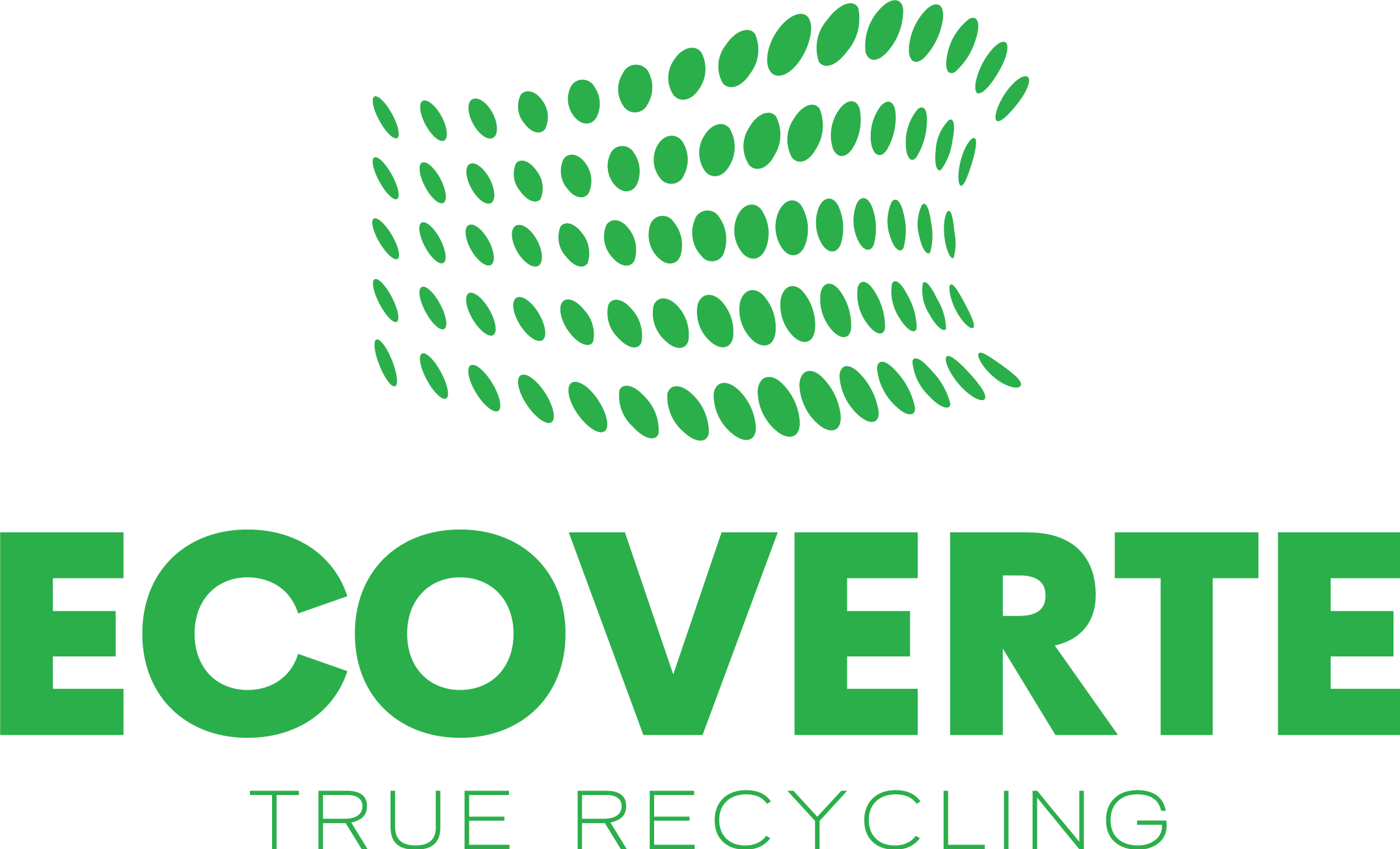
Continuous Pyrolysis Processing
Ecoverte utilizes Advanced Continuous Pyrolysis: we process more raw materials more efficiently, resulting in higher quality saleable products.
Pyrolysis technology has been around for decades; however, using the technology as a solid waste treatment only started gaining traction and development in recent years. In 1990, scientists found that a highly carcinogenic compound called dioxin formed during the incineration process of refuse.
As a result of these findings, western developed countries studied the incineration process to combat these pollution-producing compounds. A sizeable amount of financial resources went into extensive research and development to create a new waste treatment path utilizing pyrolysis.
Many national environmental experts agree that pyrolysis technology is a safe and environmentally friendly way to treat organic solid waste.
Pyrolysis is a process that uses heat to break down organic waste materials in a low-oxygen or oxygenless environment, transforming them into smaller, useful molecules.
Ecoverte's technology partner has successfully developed high-efficiency advanced continuous pyrolysis disposal equipment, which has been fully operational for over 10 years.
The patented continuous process enables us to be more efficient and produce better quality products than any other pyrolysis options currently available. Additionally, our pyrolysis units turn 97% of the original raw material into usable products, achieving an extremely low carbon footprint.
Our process can generate products from waste rubber, waste plastics, domestic garbage, straw, oil sludge, sludge, and waste in other fields of organic solid waste.
Ecoverte Pyrolysis Applications
-

Scrap Tire Pyrolysis
Our scrap tire pyrolysis systems generate two primary high-quality products; recovered Carbon Black (rCB), and Waste Tire Pyrolysis Oil (WPTO). The rCB we produce is of such superior quality that it can be reintegrated into tire manufacturing, as well as utilized in various other industries.
-

Biomass Pyrolysis
Agricultural and forest waste such as almond and walnut shells are a growing concern in the United States, and Ecoverte provides a sustainable solution. Our Biomass Pyrolysis process aims to yield three key products — biochar, wood vinegar, and biogas. These products have potential uses in soil enrichment, natural pesticide, and renewable energy source respectively.
-

Future Development
Continuous Pyrolysis Processing offers numerous advantages that Ecoverte plans to leverage in the future. One area of significant interest is plastic recycling. Ecoverte is currently testing existing technology for plastics with the aim of implementation within the next five years.
Our Equipment
Ecoverte’s Technological Advantages
Successfully overcame critical sealing issues in continuous low-temperature pyrolysis equipment, thus eradicating oil and gas leakages that may arise from horizontal and vertical shifts, along with alterations in the orientation of seals.
Boast a unique oil and gas condensation system in the discharge machine, simplifying subsequent process treatment and solving impurity and blockage issues in condenser pipes.
Achieves total self-reliance in energy for the pyrolysis reaction, eliminating the need for external energy sources.
The advanced system guarantees accurate temperature regulation within a range of ±5 degrees Celsius in the pyrolysis reactor. This precise control promotes stable reactions and assures the consistency of our product quality.
Features a carbon black refining reactor, enhancing control over the pyrolysis temperature of different materials, thus improving product quality and stability.
Provides a high degree of automation, requiring minimal operators and offering reduced maintenance costs.
Employs the globally advanced TIA (Totally Integrated Automation) solution for control and drive systems, delivering transparent operational data, easy-to-understand operation, and quick maintenance. Also, it keeps comprehensive data records of the process for our ongoing research and analysis.





